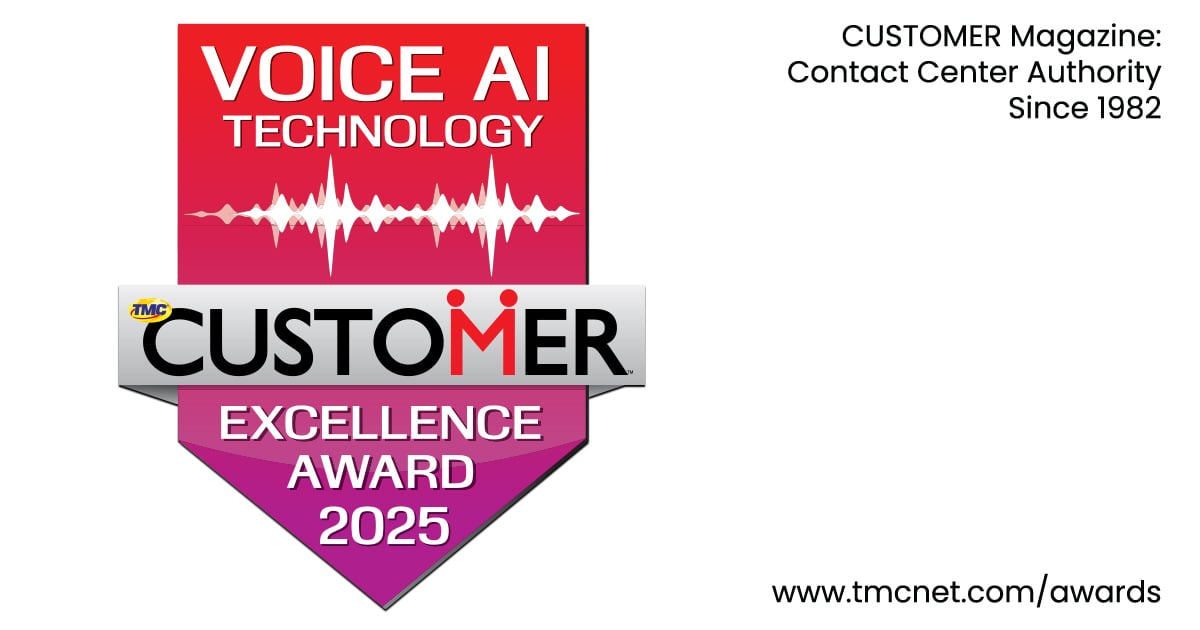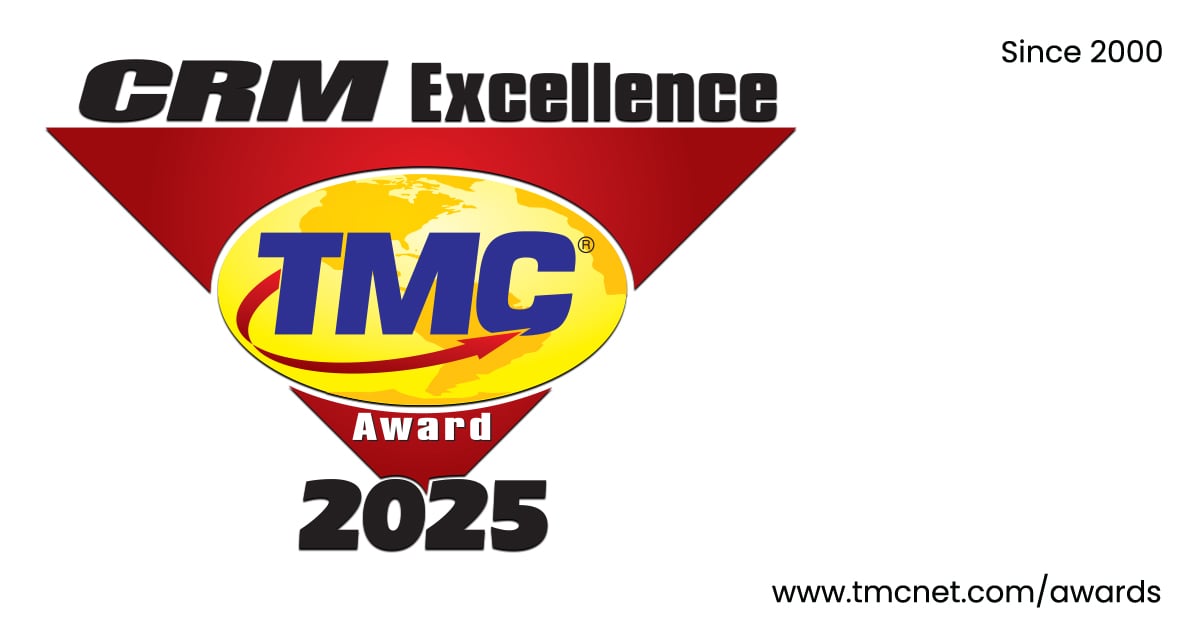Contact centers have a bad reputation. Whether it’s poor customer service or long wait times, the stigma within many organizations is that the contact center is simply there to field customer complaints. However, the contact center is changing— for the better—and it’s time for brands to get on board. With the help of analytics, the contact center is transforming into a command center that is rich in customer data and insights – both of which can drive customer experience strategies across the organization. This transition is critical to the success of the contact center, but also to delivering the experience your customers want. Now, brands must dig in and make the change – but it doesn’t happen overnight. With the right approach, you can start the process of turning your contact center into a command center which will transform the customer experience.
Why It’s Important
Conversations with customers are happening every day, and those customers are telling agents exactly what they want. However, the contact center is often a land of missed opportunities and connections because many simply try to resolve a customer complaint and get the customer off the phone. What contact centers often forget is that they’re hearing the voice of the customer in its rawest form, and those conversations offer unique and special insights into customer sentiments, wants, and needs. Not only does this give your agents the opportunity to better understand and serve their customers, they can learn to ask the right questions to tailor the experience and build long-lasting relationships with customers. When your agents glean insights from those conversations, they can use that information to create the best possible customer experience.
The Technology Overhaul
Transforming your contact center into a command center calls for a major technology shift, and requires bringing the contact center into the 21st century. Technology shouldn’t just give you the ability to collect more data and information. It should allow you to extract insights so you can make informed business decisions. You and your team should be able to drill down into both customer and agent behavior quickly and easily using self-service dashboards. Look for things like heat maps, break monitoring capabilities, and tools that allow you to see buying patterns and agent behavior. The whole purpose of upgrading technology is to make things easier, and insights should be at your fingertips so you can learn about what your customers and agents want.
The Application
Contact centers typically apply analytics to gain insights into customer data, but a true command center doesn’t stop there. Contact center analytics can be applied to any area of the organization where data insights help inform future decisions, and that includes your agents, your customers, and your overarching business strategies. Not only can you tap directly into the pulse of customer sentiment, you can determine which agents are most successful – and why – and implement the right training and teaching programs to make sure that all agents are best equipped to cultivate customer relationships. In addition, that data can be applied to the broader organization to see if a current advertising campaign is working, determine if there’s a product or packaging defect, or alter the product roadmap if there are features that customers request.
Omnichannel Expansion
Analytics aren’t just for the phone, and analytics insights show that customer preferences are shifting away from the traditional voice call and are now moving to email, chat, text, social media, and gaming devices. Text messaging, especially, is growing and consumer preference is shifting towards this user-friendly communication channel. In addition, according to Forrester, 84 percent of respondents had used a company’s Web or app self-service tools. When implementing command center strategies, it’s important to stay abreast of omnichannel growth and continue to expand those channels to meet customer demand. In order to glean insights from those conversations, it’s important that you grow contact center analytics to accommodate all channels because this will keep your command center ahead of the curve.
The Shifting Mindset
This shift is not just about technology; it’s about a fundamental rewire of your contact center’s culture, technology, training, and approach. The perception of the contact center must change, and that begins with the internal department. Agents should no longer be lauded as a reactive group of employees who are ready to handle customer complaints, but as a proactive team of customer relationship specialists who have the opportunity to interact with customers every day. With the right insights to make informed decisions, agents will have the freedom and flexibility to identify upsell and cross-sell opportunities, and better serve and build long-term relationships with customers. By implementing training processes around these new capabilities and, by developing a culture that embraces the new role of agents, you can project this image to the broader organization and change the perception of the department.
The contact center is on the cusp of becoming one of the most important departments within a company. However, you must overhaul not only the technology, but the role of agents, if you want it to step into its new title as a command center that can transform the customer experience. With the right tools, training, and perception, the contact center can break out of its old stigma and become a hub of customer information and insights that will inform the customer experience throughout the entire organization. Now your contact center can be more than just rich in data. It can be a command center that is rich in opportunities to connect with customers in a way that will both foster loyal relationships and deepen the entire customer experience.
About the Author
 As executive director at Unify, Don’s responsibilities include the sales, marketing efforts, portfolio management and partnership development for the Unify North American Contact Center practice and the relationships with the consultant community in North America.
As executive director at Unify, Don’s responsibilities include the sales, marketing efforts, portfolio management and partnership development for the Unify North American Contact Center practice and the relationships with the consultant community in North America.
Don has held a number of positions in his more than 35 years with Unify, including engineering, sales, education, development and management. He has been a featured speaker at a number of national events in the contact center industry, including state, federal, and commercial venues. He is a recipient of the Siemens TOP+ award for marketing excellence.
Edited by
Alicia Young





